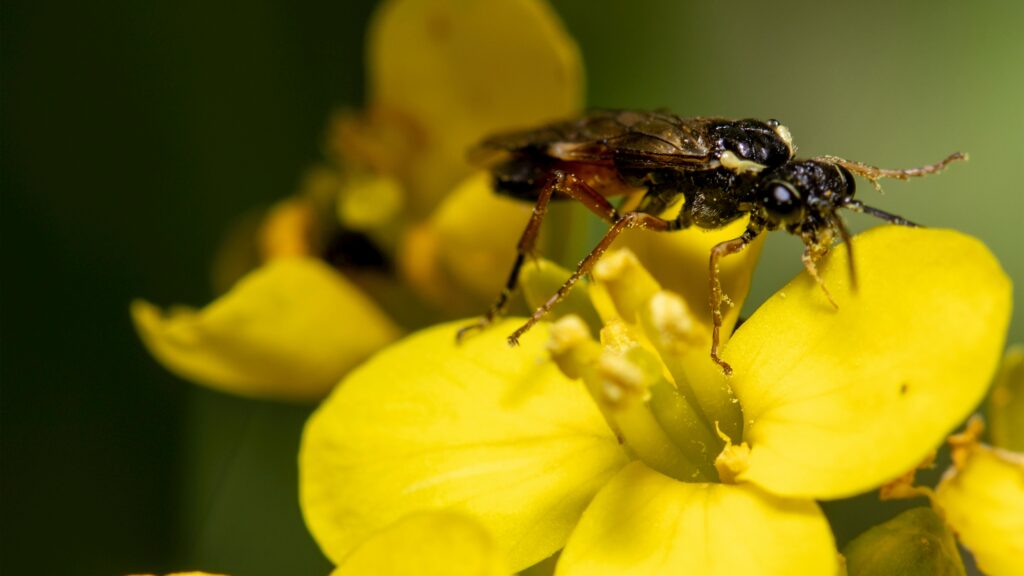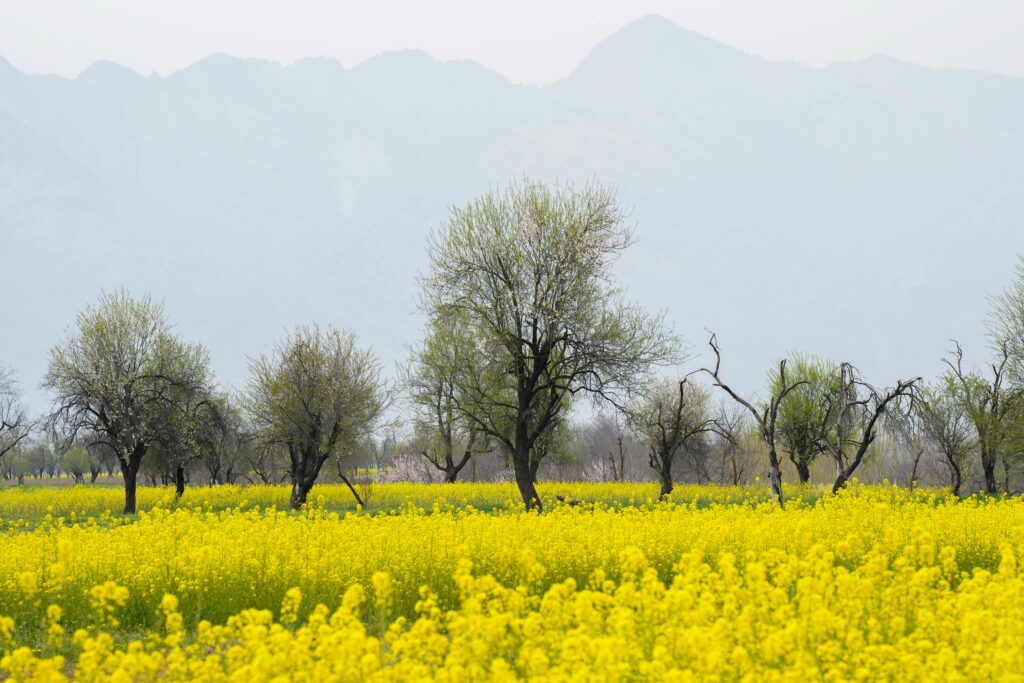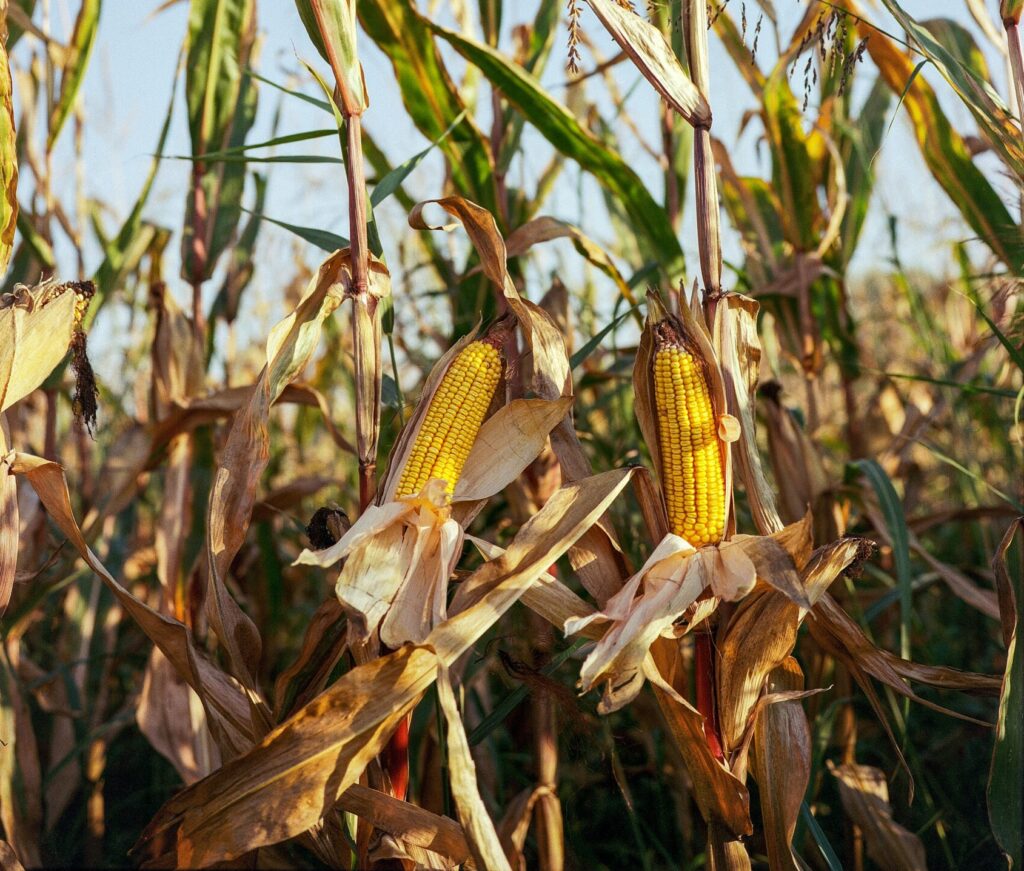In cities, space is a precious commodity. As urbanization intensifies, green areas shrink, and people often feel there’s little room left for planting trees. However, even in the most compact spaces, it is possible to create thriving urban green zones. With the right strategies and tree selection, urban tree planting can contribute to a healthier environment and enhance urban landscapes, even in small spaces. Here’s how you can successfully grow trees in limited urban spaces.
Choosing the Right Trees for Urban Spaces
When planting in small urban spaces, tree selection is key. Not all tree species are suited for compact environments, so it’s important to choose trees that are well-adapted to limited growing conditions.
- Small to Medium-sized Trees: Look for trees that don’t grow too tall or wide. Species like dwarf fruit trees, Japanese maple, or ornamental pear trees are perfect for confined spaces as they provide shade and beauty without overwhelming the area.
- Columnar Trees: Columnar or narrow trees grow upwards instead of outwards, making them ideal for tight spaces. Varieties like the Columnar oak or Lombardy poplar are great options for lining sidewalks or growing next to buildings.
- Root-friendly Trees: Some trees have non-invasive roots, meaning they won’t disrupt sidewalks, foundations, or underground utilities. Look for species like Dogwood, Amur maple, or Crabapple, which have manageable root systems.
Planting Trees in Containers
In densely packed urban areas, container gardening is a popular solution. Planting trees in large pots or containers allows you to introduce greenery on balconies, rooftops, or terraces, maximizing vertical space.
- Select Large Containers: Make sure the container is large enough to support the tree’s root system as it grows. Use lightweight materials for rooftops or balconies to prevent overloading.
- Proper Drainage: Trees in containers need good drainage. Ensure the pot has holes at the bottom to avoid waterlogged roots, which can harm the tree.
- Regular Watering and Fertilizing: Trees planted in containers may need more frequent watering since they dry out faster than those planted in the ground. Additionally, use organic fertilizer to provide the necessary nutrients.
Vertical Gardening and Green Walls
Vertical gardening is an innovative way to grow plants, including trees, in small spaces. By using trellises, walls, or structures, trees can grow upwards, utilizing minimal ground space.
- Climbing or Espaliered Trees: Espaliering is a technique where trees are trained to grow flat against a wall or trellis. This method works well for certain fruit trees like apples or pears, which can be shaped to grow vertically without spreading.
- Green Walls: Consider integrating green walls into your space by planting smaller trees and shrubs alongside vertical structures. These installations not only save space but also add an aesthetically pleasing green touch to urban settings.
Maximizing Space in Urban Gardens
Even if your yard or garden is small, smart design can help maximize the available space for planting trees.
- Multi-purpose Trees: Choose trees that serve multiple purposes, such as providing shade, bearing fruit, or enhancing privacy. Citrus trees, for example, not only add greenery but also produce fruit in a compact form.
- Layering: Use a tiered approach to your garden, where smaller trees or shrubs are planted beneath larger trees. This layering effect makes efficient use of the vertical space and creates a dense, lush garden in a small area.
- Strategic Planting Locations: Plant trees in corners or along property lines to maximize the use of space without overcrowding the center of your garden.
Taking Advantage of Public Spaces
If your own space is too limited, consider collaborating with local community groups or participating in urban tree-planting initiatives. Many cities encourage residents to plant trees along sidewalks, in public parks, or in shared community gardens.
- Sidewalk Trees: Municipalities often offer permits for planting trees along sidewalks. Make sure to choose species that won’t interfere with pedestrians or utilities and that can thrive in small soil beds.
- Community Gardens: Many urban neighborhoods have community gardens where residents can plant and care for trees together. These shared spaces are ideal for people who want to contribute to urban greening but lack private space.
Maintaining Trees in Urban Environments
Urban trees need regular care to thrive in compact spaces. Keep in mind that urban environments can be harsher than rural ones, with factors like air pollution, limited soil, and fluctuating temperatures affecting tree growth.
- Pruning: Regular pruning is essential for managing tree size and shape, especially in confined spaces. Trim branches to prevent them from growing too close to buildings or other structures.
- Mulching: Adding mulch around the base of the tree helps retain moisture, suppress weeds, and regulate soil temperature. It also provides essential nutrients as it breaks down over time.
- Protecting Against Urban Stressors: Urban trees may be exposed to pollution, extreme temperatures, and physical damage from cars or pedestrians. Use protective barriers when necessary and choose hardy, resilient species that can withstand these stressors.
Urban tree planting may seem challenging, but with thoughtful planning and creative techniques, even the smallest spaces can support tree growth. Whether you opt for container trees, vertical gardening, or small-sized species, adding trees to urban environments helps combat climate change, improves air quality, and enhances the beauty of cities. By embracing urban tree planting, you can contribute to greener, healthier urban spaces for everyone to enjoy
















